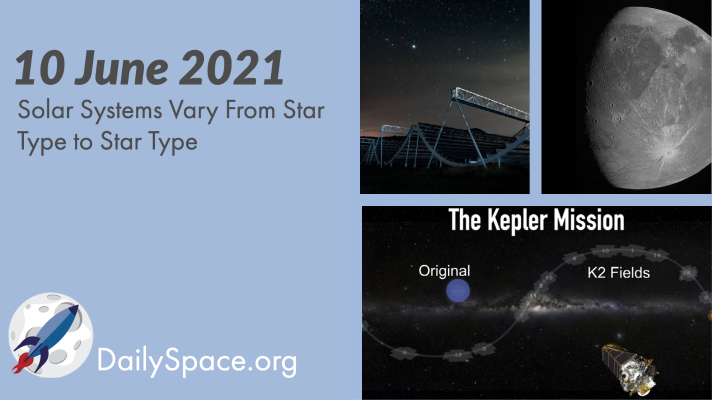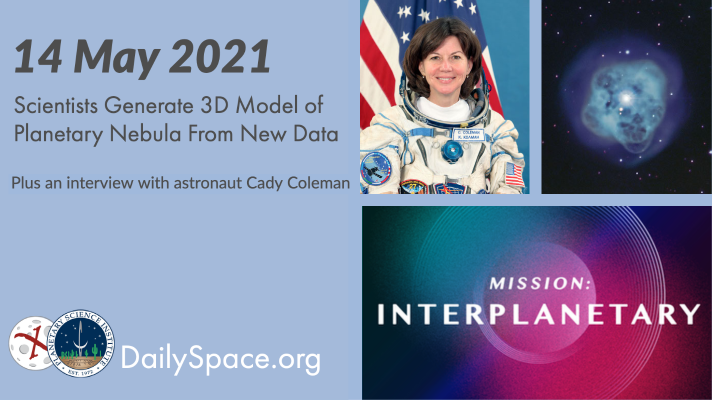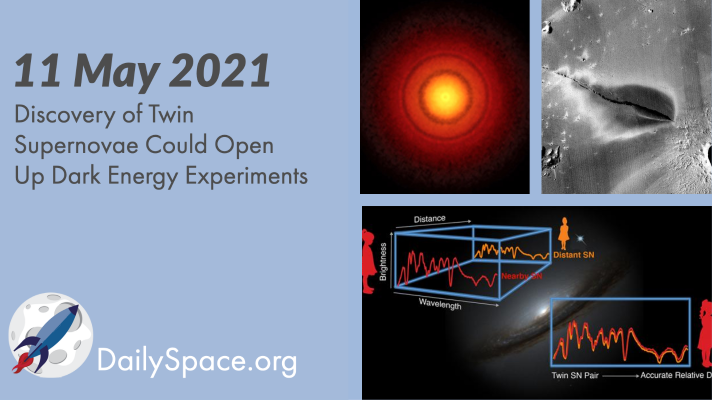
Jun 25, 2021 | Astrobiology, Daily Space, Earth, Exoplanets, Sky Watching, Star Forming Region
New high-resolution images captured by the SOFIA airborne telescope have given scientists the first clear view of a massive star-forming region here in the Milky Way, including an expanding bubble of gas. Plus, finding Earth-like exoplanets, detecting life on Earth, and this week’s What’s Up, featuring the Messier Catalogue.

Jun 11, 2021 | AAS, Daily Space, Exoplanets, Fast Radio Bursts, Guest Interview, Jupiter, Kepler, Planetary Nebulae, Planets, Spacecraft, Stars
In new research, scientists examined the populations of stars observed by the Kepler and K2 missions and found that the solar systems were different depending on the type of star involved. Plus, CHIME results, a brown dwarf’s atmosphere, a stream of stars in the Milky Way, and an interview with PSI’s Dr. Candice Hansen about the recent Ganymede flyby of NASA’s Juno spacecraft.

Jun 9, 2021 | AAS, Daily Space, Dark Matter, Earth, ESA, Galaxies, Jupiter, Mars, Nebulae, Spacecraft, Star Forming Region, Stars, Venus, White Dwarfs
The most precise measurements of the universe’s composition and growth have been reported in almost thirty new papers based on Dark Energy Survey observations of 229 million galaxies and covering one-eighth of the sky. Plus, stories from the first day of the AAS conference, all the volcanoes, and mission updates.

May 17, 2021 | Climate Change, Daily Space, Earth, Guest Interview, Planetary Nebulae, Spacecraft, The Sun
Using spectrographic data from several different telescopes, a team put together a three-dimensional model of planetary nebula NGC 1514, which allowed them to further study the shape and internal motion of the object. Plus, Antarctic sea ice, a history of current flow, magnetic waves, and an interview with astronaut Cady Coleman.

May 12, 2021 | Asteroids, Daily Space, Exoplanets, Galaxies, Mars, OSIRIS-REx, Planets, Star Forming Region, Supernovae, Voyager I & II
Researchers found that among about 50 supernovae, many had nearly identical spectra, paving the way for making more accurate distance calculations. These calculations, in turn, open up the possibility of using supernovae to better search for dark energy. Plus, OSIRIS-REx, Voyager I, planetary formation, and volcanoes on Mars.

May 7, 2021 | Active Galaxies, Earth, Exoplanets, Moon, Spacecraft, Star Forming Region, Supernovae, Very Large Array
Researchers find that the “oddball supernova” of a curiously cool, yellow star was lacking the hydrogen content expected, “stretching what is physically possible.” Plus, finding potentially habitable planets, a gamma-ray burst, ash clouds, and a new lunar map in this week’s What’s Up.








 We record most shows live, on Twitch. Follow us today to get alerts when we go live.
We record most shows live, on Twitch. Follow us today to get alerts when we go live.